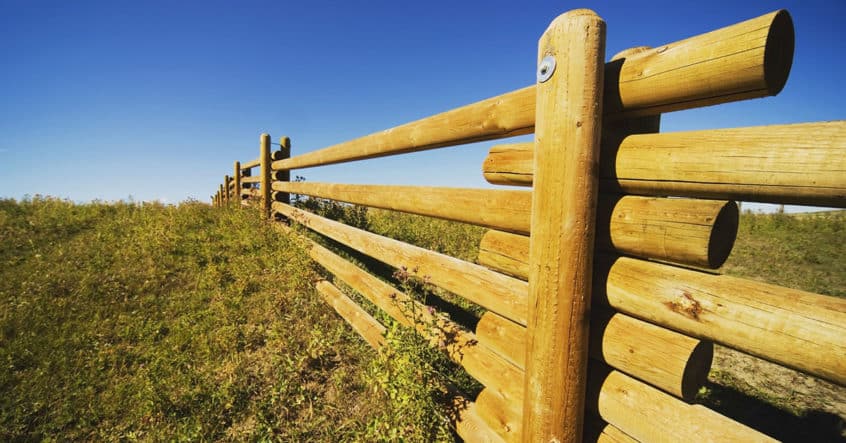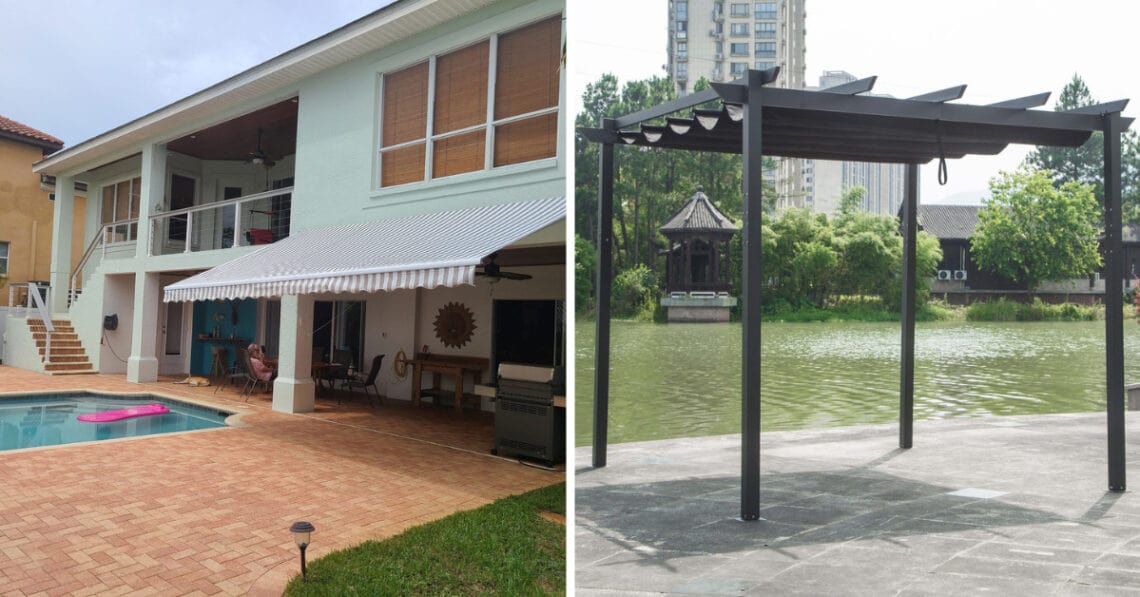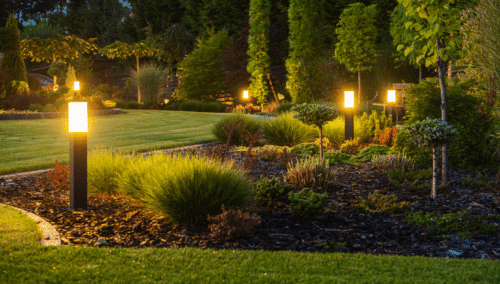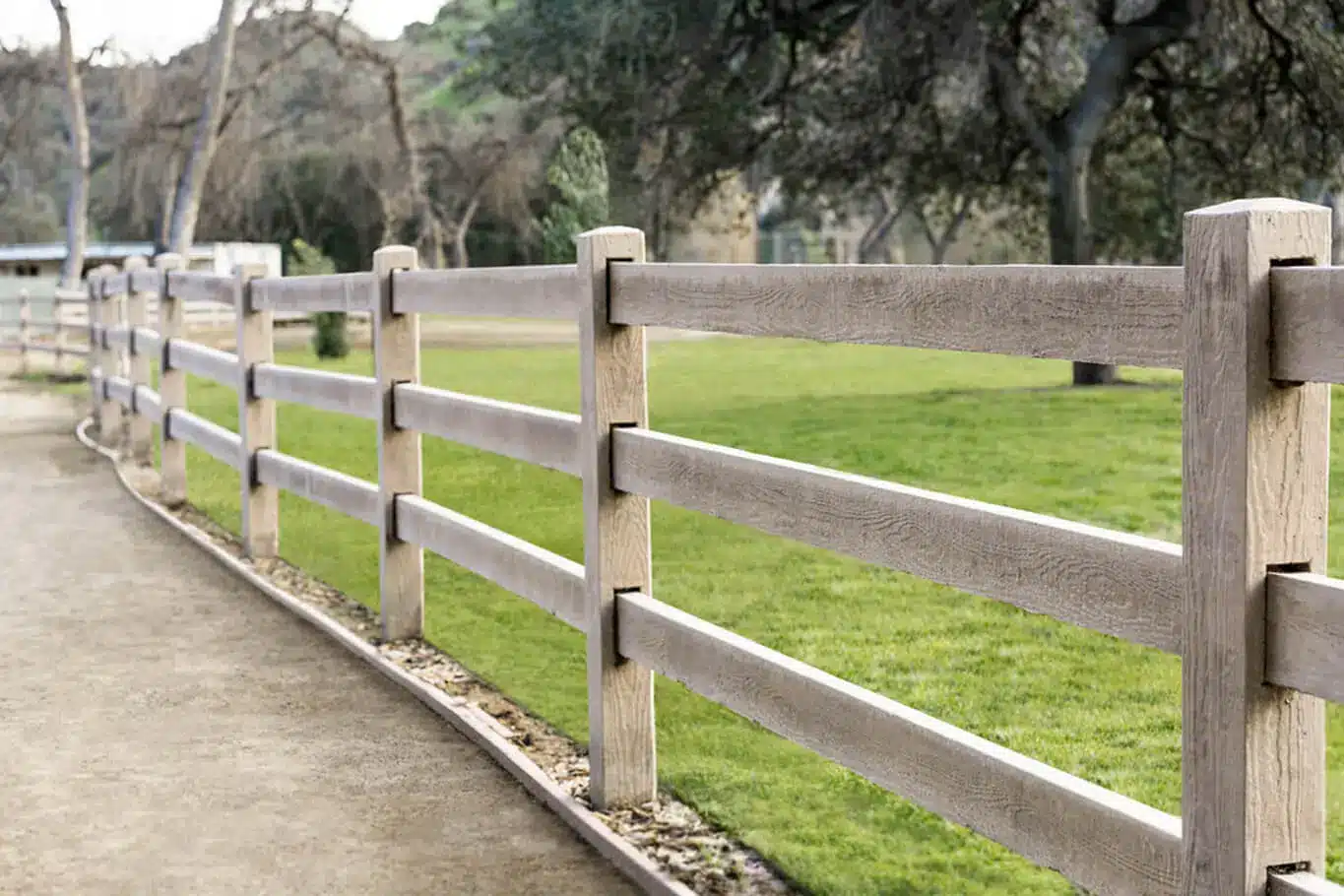Everything You Need to Know About Fence Posts
Introduction to Fence Posts
Fence posts play an indispensable role in the construction and durability of fences. They are the backbone that supports the entire structure, ensuring stability and longevity. In the realm of fencing, understanding the nuances of fence posts is paramount. This comprehensive guide delves deep into the intricacies of fence posts, from materials to installation techniques, ensuring you have a thorough grasp of this vital component. Need to Know About Fence Posts
Types of Materials for Fence Posts
Wooden Fence Posts
Wood remains a popular choice due to its aesthetic appeal and versatility. Cedar and pressure-treated pine are among the top choices, known for their resistance to decay and insects. When selecting wooden fence posts, ensure they are treated to withstand environmental factors, thus prolonging their lifespan.
Metal Fence Posts
Metal, particularly steel and aluminum, offers unparalleled durability. These posts are resistant to rot, pests, and harsh weather conditions. Additionally, metal fence posts provide robust support, making them ideal for areas with high wind loads or substantial weight requirements.
Vinyl Fence Posts
Vinyl fence posts have gained traction in recent years due to their low maintenance and longevity. They are resistant to rot, fading, and discoloration, making them a cost-effective solution in the long run. Moreover, vinyl fence posts offer aesthetic flexibility, available in various styles and colors to complement any landscape.
Installation Techniques for Fence Posts
Depth and Spacing
The depth and spacing of fence posts are critical determinants of fence stability. Typically, posts should be buried at least one-third of their length below the ground. Moreover, maintaining consistent spacing between posts ensures uniformity and structural integrity.
Concrete vs. Gravel
When installing fence posts, the choice between concrete and gravel often arises. Concrete provides a solid foundation, anchoring the posts firmly in place. Conversely, gravel offers drainage benefits, preventing water accumulation and potential decay. Depending on your specific needs and environmental factors, selecting the appropriate installation method is crucial.
Post Installation Tools
Utilizing the right tools can streamline the fence post installation process. Post hole diggers, levelers, and tampers are essential equipment that facilitates precise and efficient installation. Moreover, employing quality materials such as galvanized fasteners and brackets ensures longevity and durability.
Maintenance and Care for Fence Posts
Inspection and Repair
Regular inspection of fence posts is imperative to identify signs of wear, damage, or instability. Addressing issues promptly, such as cracks or rot, prevents further deterioration and ensures the fence’s structural integrity. Implementing routine maintenance practices, such as painting or sealing, enhances the posts’ longevity and aesthetic appeal.
Protection Against Environmental Factors
Fence posts are susceptible to various environmental factors, including moisture, sunlight, and temperature fluctuations. Applying protective coatings or treatments, such as waterproof sealants or UV-resistant paints, mitigates potential damage and extends the posts’ lifespan. Additionally, ensuring proper drainage and ventilation around the posts prevents moisture accumulation, minimizing the risk of decay or rust.
Conclusion
In summary, fence posts are integral components that dictate the stability, durability, and aesthetics of fences. By understanding the various materials, installation techniques, and maintenance practices, you can make informed decisions tailored to your specific needs and preferences. Whether you opt for wooden, metal, or vinyl fence posts, prioritizing quality, durability, and proper installation ensures a robust and visually appealing fence for years to come.














